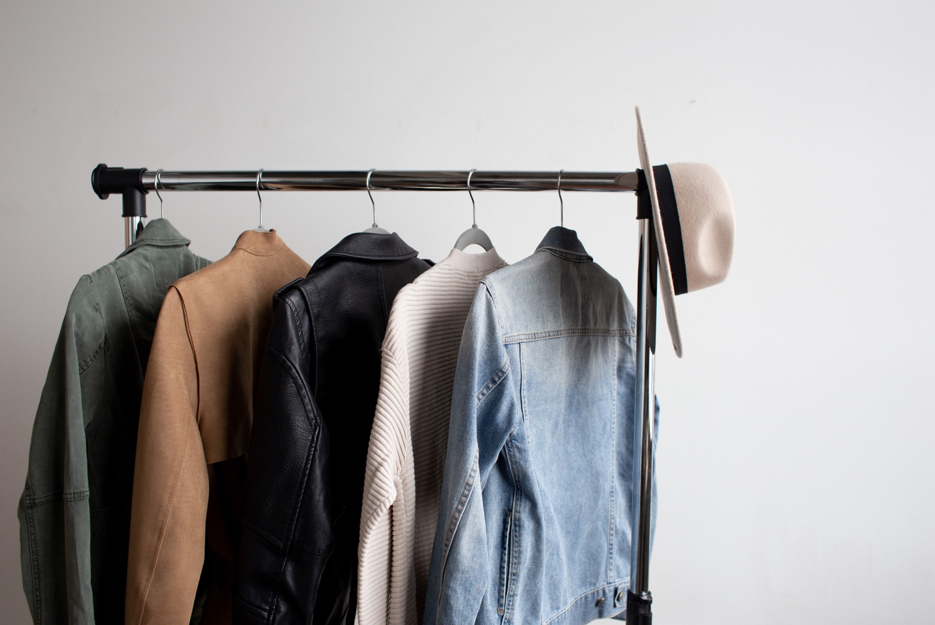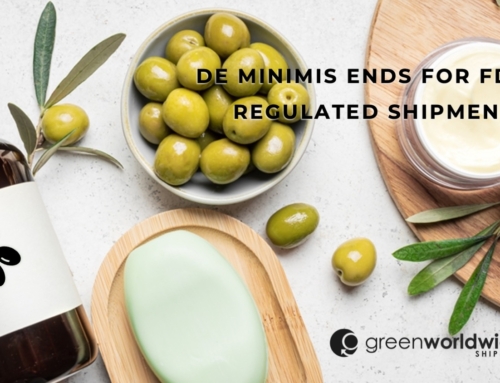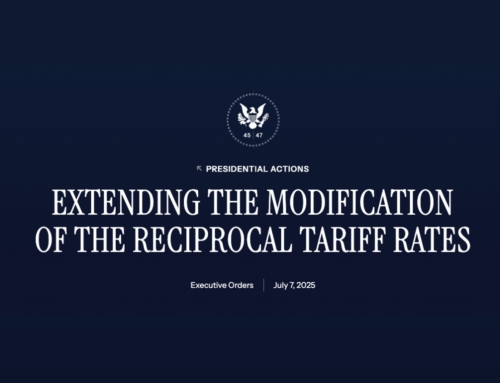Shippers, business owners, and dependent industries are all watching closely as the United States continues to initiate tense international demands from long-time trading partners like China and Mexico. But as some shippers look for sourcing alternatives to trade disputes, other industries and companies are staying two steps ahead of administrative hurdles by adapting products to affected tariffs, otherwise known as “tariff engineering.”
Tariff engineering refers to the process of altering products in such a way that duty benefits, such as a lower rate, applies at the time of importation.
Unlike tariff evasion, tariff engineering places emphasis of understanding duty definition at the time of design and production to legally fit a lower duty. The process considers the fiber content, materials used, and construction of the product before the goods are manufactured.
But shippers must be very careful, this technique should never be used with the intent of removing the alteration upon import – this is considered illegal as “artifice, disguise, and fictional product” and may result in penalties & fines.
What are some of the most well-known examples of tariff engineering still used today?
SHOES
Nike-owned Converse sneakers created a perfect example of tariff engineering when they designed in a layer of felt to cover more than 50% of the sole of their shoes. Because “classification of footwear is essentially cased upon the composition of the outer soles and uppers” the fuzzy addition was incorporated to take advantage of the loophole.
Why? Shoe imports into the United States can fetch up to 48%, while slippers hold a much more beneficial duty rate of 6%.
Don’t worry, this little secret was formally legitimized in 2011 by the U.S. International Trade Commission.
“The use of textile outsoles to lower duty-rates for certain footwear, including most of the footwear currently utilizing textile outsoles today… 4 new tariff breakouts legitimize the use of all types of textile outsoles for the affected footwear, no matter how they are adhered to the outer sole of the shoe—from embedded to slapped on and glued on—in order to achieve the lower duty rates.”
SECRET TINY POCKETS
Apparel manufacturers know all too well the cost certain products can have when imported from specific countries. For example, Women’s or girls’ blouses, shirts and shirt-blouses of man-made fibers can have a duty as high as 26.9% (of the value of the goods) but can be classified under a lower duty rate if they have a pocket below the waist or a ribbed waistband:
“Heading 6206 excludes garments with pockets below the waist, a ribbed waistband or other means of tightening at the bottom of the garment (although to be excluded from heading 6206, the tightening must be at the bottom of the garment, not above, i.e. at the waist). Such garments may be classified as blouses, shirts or shirt-blouses in heading 6211.”
Perhaps obscure, this rule is an example of how U.S. businesses can petition Congress to provide lower duty rates for a variety of reasons. Whether to protect domestic industries or special interests, tariff classification is a constantly evolving story of global trade relations.
MARVELOUS DOLLS
Tariff engineering, like in the garment example, can be levied tactically by organizations who can afford to do battle to achieve savings.
Marvel comic fans, for example, enjoy lower duty rates on their favorite superheroes and villains after the Company’s 1995 battle to have their imported action figures reclassified from “dolls” that have a 12% duty to “toys” that receive a more modest 6.8 percent.
The team argued and successfully managed to win the lower duty arguing that the action figures could not be classified as dolls because they were not representative of human beings.
You see, under Heading 9502 of the HTSUS, “Dolls representing only human beings and parts and accessories thereof” and “in order not to be classified as dolls, figures representing…other creatures, must possess appendages and features which immediately, at first glance, identify them as non-human.”
“It is Customs position that the intent of the committees in reaching this conclusion is to deny the doll classification to those figures which possess non-human characteristics that are immediately apparent to the casual observer. Where the non-human feature(s) can only be discovered by close examination, the doll classification may be appropriate. The phrase “close examination” may encompass the need to look closely, the need to remove the clothes of the figure, or perhaps even the need of the observer to guess as to whether a feature that appears to be non-human is, in actuality, such a feature. Most angels and devils possess readily apparent non-human features, i.e., halos, large wings, visible horns, pointed tails, etc. However, if a figure is marketed as an angel or devil, and yet appears human to the casual observer, then, again, the doll classification may be appropriate.”
But tariff engineering does not come without risk, or cost.
Shippers seeking classification savings should start with a classification audit, in order to identify products facing high duty rates or increased trade risk and request consultation from Customs brokers and/or trade attorneys.
Bulk classification? No problem, just send a request to [email protected].
Already a customer? Contact your local Green Freight Experts and ask for compliance classification services.
With so many uncertainties, it’s always recommended to partner with a company that understands your pain in this area and actively works on mitigating strategies. From our Customs brokerage serves, to exceptional final-mile delivery, discover how Green Worldwide Shipping defines performance expectations up front to deliver exceptional shipping experiences…
FOR EVERY CUSTOMER, EVERY SHIPMENT, EVERY TIME.
Supply chain SOS? Contact Green Worldwide Shipping and start moving freight forward.






